One of two formal reception rooms at Simla, Glenbrook, with hand-crafted bookshelves
The Irish/American couple, with teenage son, were the perfect buyers for Simla when they bought it in 2018: they have professional backgrounds in architecture, industrial design and construction, as well as having an utterly practical, hands-on ability to roll up their sleeves and to get stuck in.
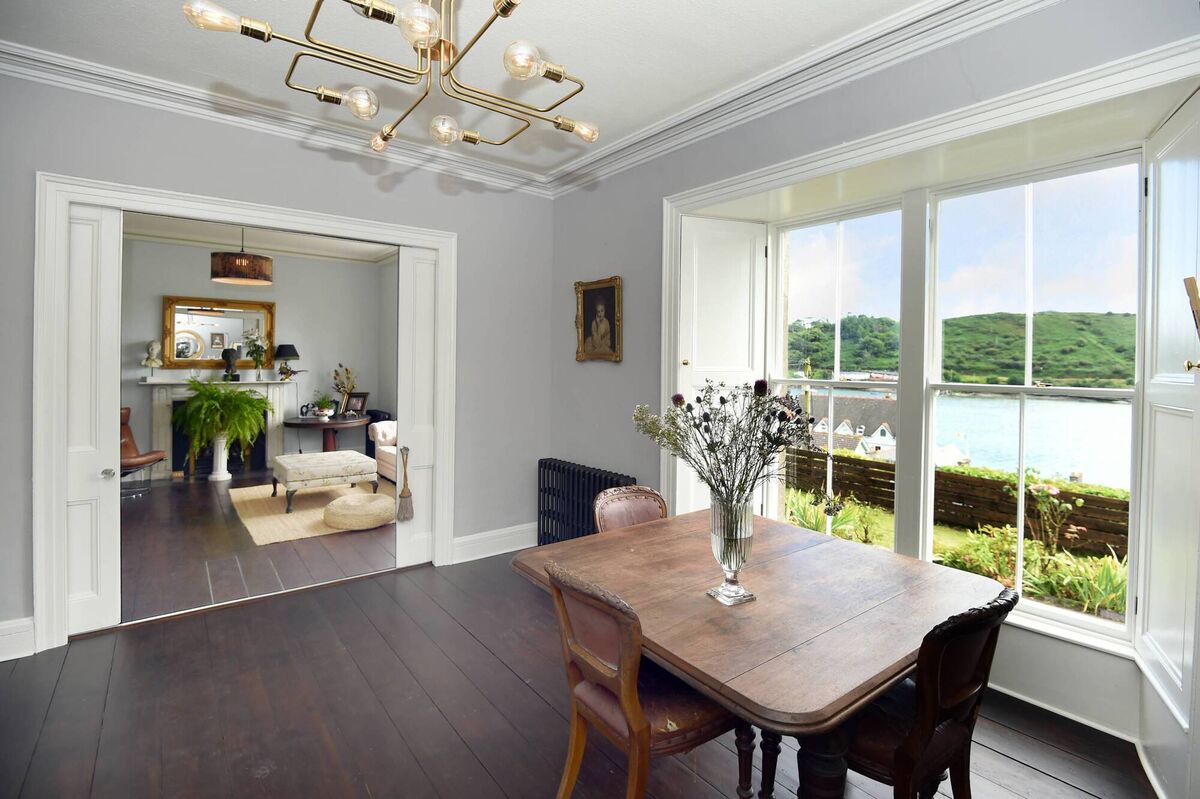 Sash windows all conserved and drum-tight at Simla
Sash windows all conserved and drum-tight at Simla
They now know every square centimetre of their fully-conserved home, and are only leaving with very mixed feelings.
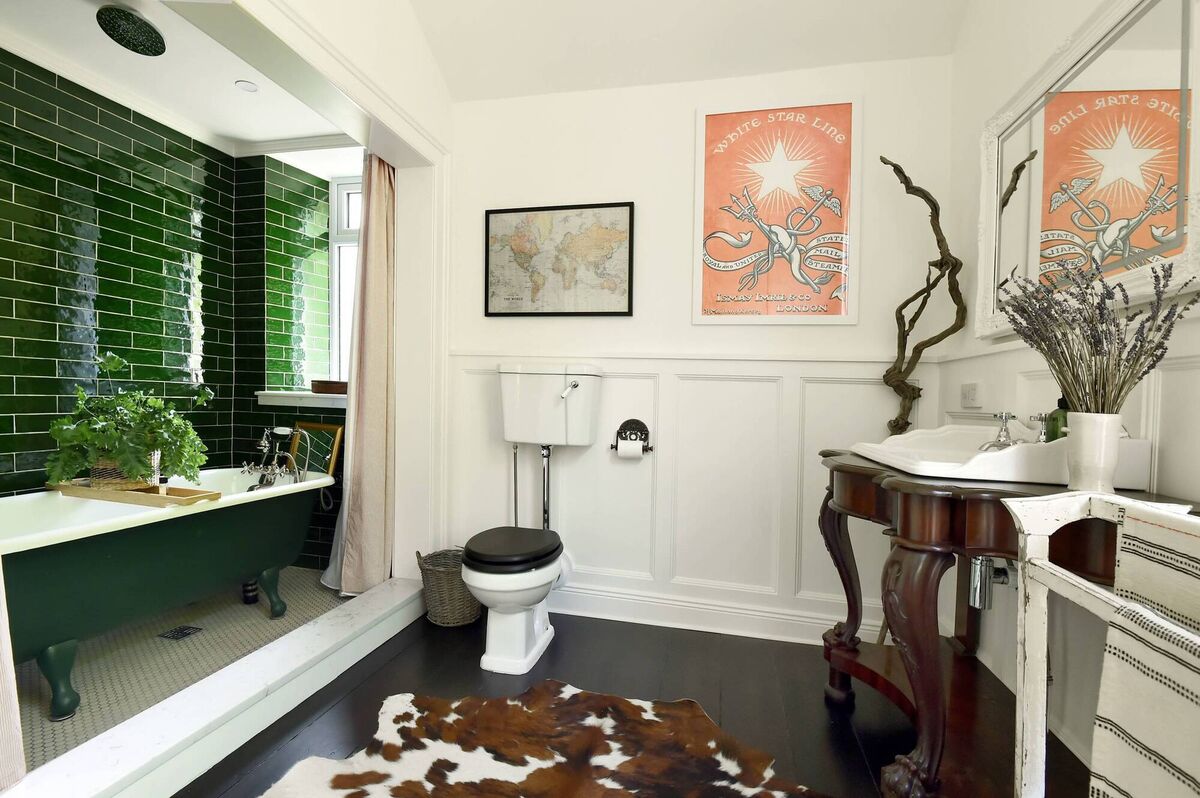 Ship-shape and bone dry: bathroom with wetroom area where there’s a rainfall shower over a restored cast iron roll top bath
Ship-shape and bone dry: bathroom with wetroom area where there’s a rainfall shower over a restored cast iron roll top bath
An ancestor of the previous owner Susan Roberts was Richard Roberts, the Passage West-born captain of the SS Sirius, the first steamship to cross the Atlantic, going from Cork to New York in 18 days back in 1838, a year after the vessel was built in Scotland.
 Capt. Richard Roberts, captain of the Sirius, which made the first steam powered crossing of the Atlantic in 1838
Capt. Richard Roberts, captain of the Sirius, which made the first steam powered crossing of the Atlantic in 1838
With a figurehead of a dog, to mark the ship’s naming after Sirius the Dog Star, the brightest star in the sky, the history-making 178-foot ship later plyed more pedestrian routes and eventually sunk off the Cork coast at Ballycotton, while carrying passengers and cargo from Glasgow to Cork via Dublin, with the loss of 20 lives.
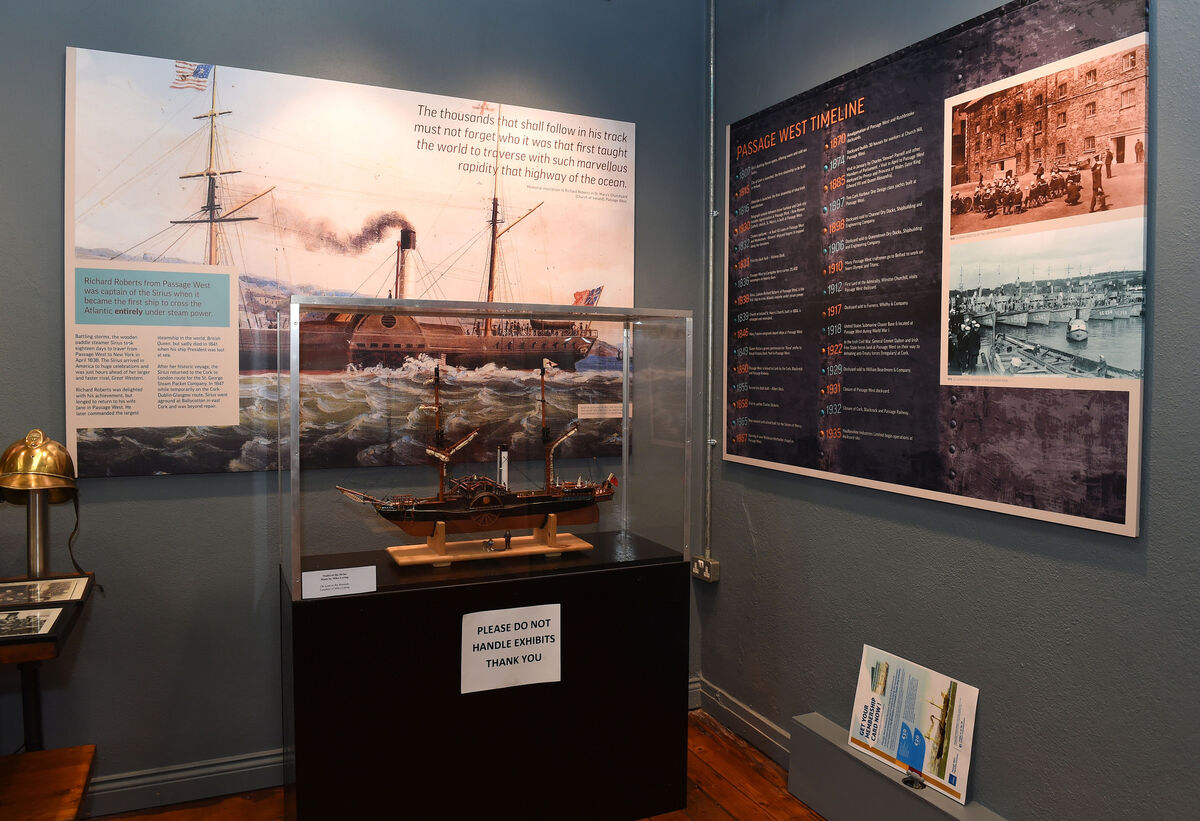 Passage West Maritime Heritage & Museum Centre has a scale model of the ship ‘Sirius’, the first ship to cross the Atlantic entirely under steam, and captained by Passage West man Richard Roberts.
Passage West Maritime Heritage & Museum Centre has a scale model of the ship ‘Sirius’, the first ship to cross the Atlantic entirely under steam, and captained by Passage West man Richard Roberts.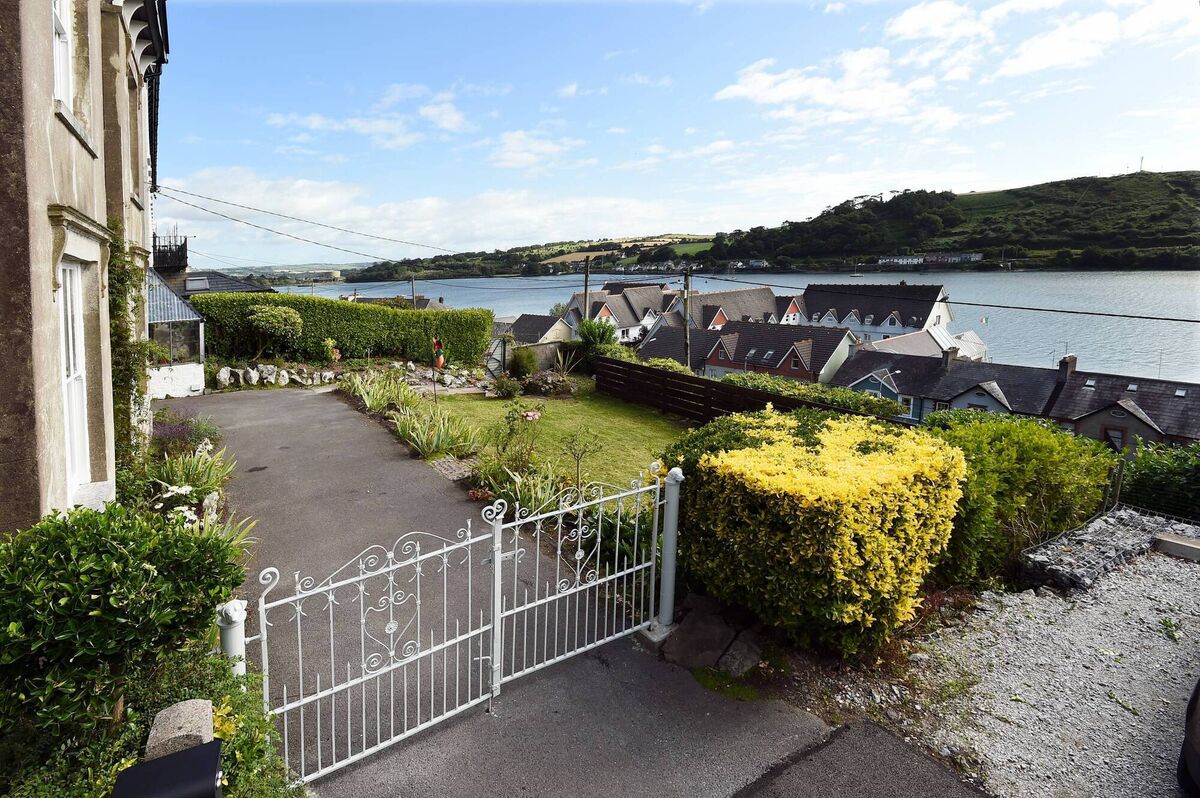 Harbour ahoy, Atlantic downriver
Harbour ahoy, Atlantic downriver
Today, it is still fondly remembered in Cork, and even though post-Simla’s sale some of the Roberts family’s Sirius memorabilia (such as a sea captain’s coffer chest) went to auction in 2018, the owners of Simla have an empathy for that Roberts’ nautical link.
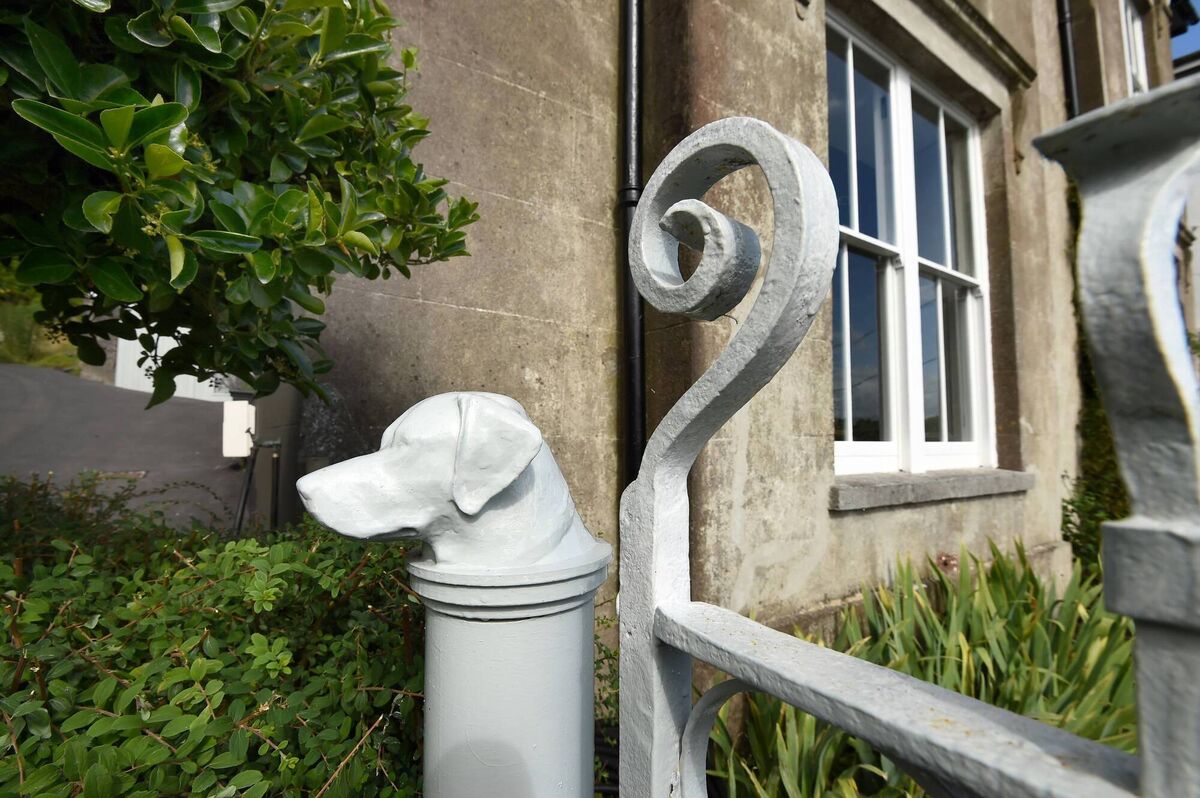 Simla’s subtle tribute to the SS Sirius, named after the Dog Star, and to the house’s previous owners the Roberts family, descendants of Sirius’ Captain Richard Roberts. It was 3D printed by Luke Mandle
Simla’s subtle tribute to the SS Sirius, named after the Dog Star, and to the house’s previous owners the Roberts family, descendants of Sirius’ Captain Richard Roberts. It was 3D printed by Luke Mandle
They have a ship painting on a reception room wall, very similar to the Sirius, and, in a more lateral thinking connection, the multi-talented Luke Mandle even 3-D printed small Labrador dog’s heads to crown columns at the property’s entrance support wrought iron gates (pic, left) they put in, commemorating the Dog Star, that other Sirius in the sky. (The gates came from a friend, Kilkenny-based artist and conserver Shem Caulfield.)
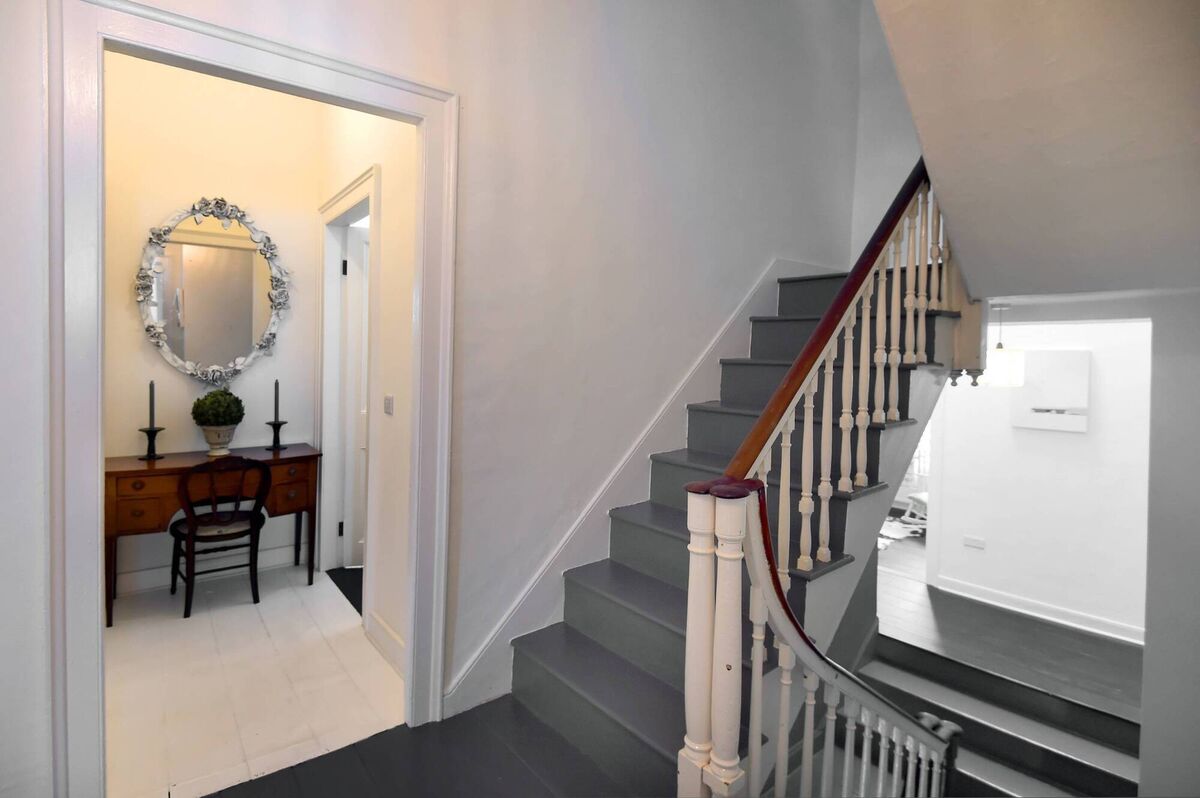 Happy landings
Happy landings
With their own trans-Atlantic connection, the Mandle/Ross family with their 16-year-old son Oscar bought Simla in 2018 when they relocated from Thomastown, Kilkenny. Now, for family/education reasons they’re set to relocate to Sligo, continuing peripatetic careers from the west coast.
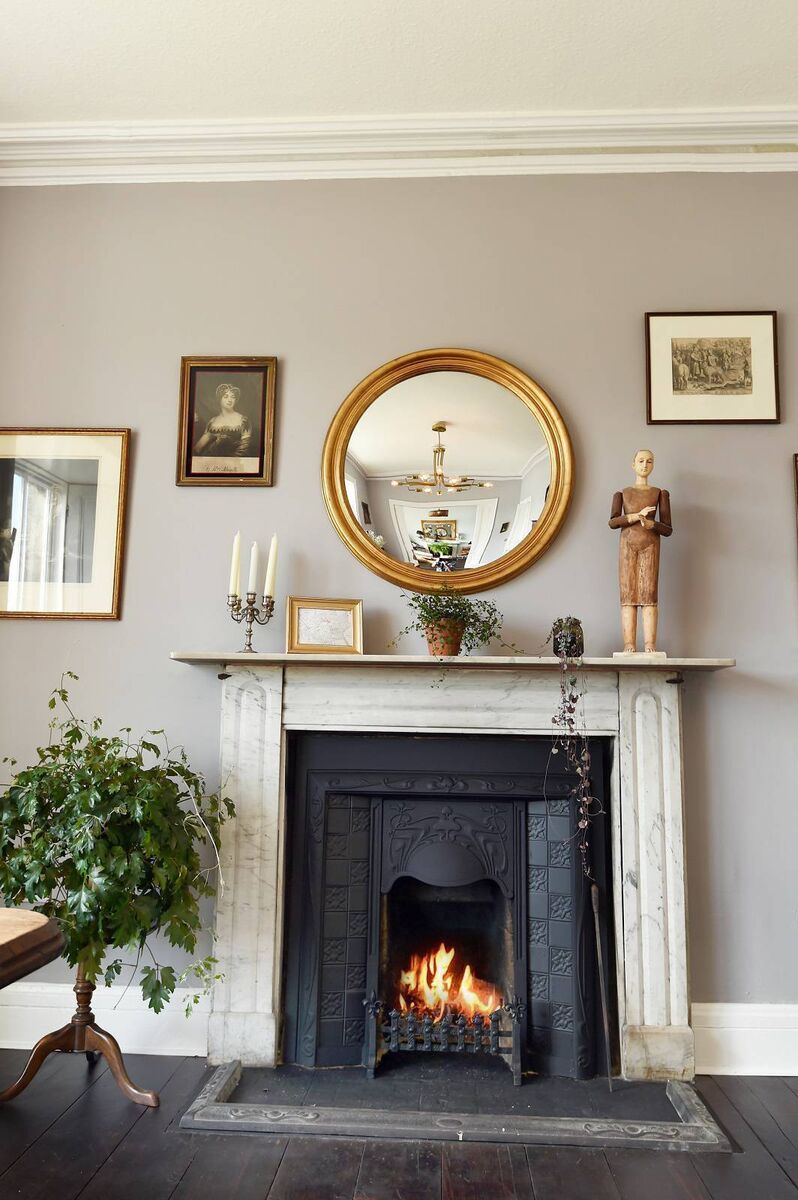 Keen aesthetic eye at work, at home
Keen aesthetic eye at work, at home
She came home to head up global consulting company Accenture’s Fjord Design Studio in The Dock, Dublin as Design Director, and now after an Irish jobs move is Chief Innovation Officer with VHI.
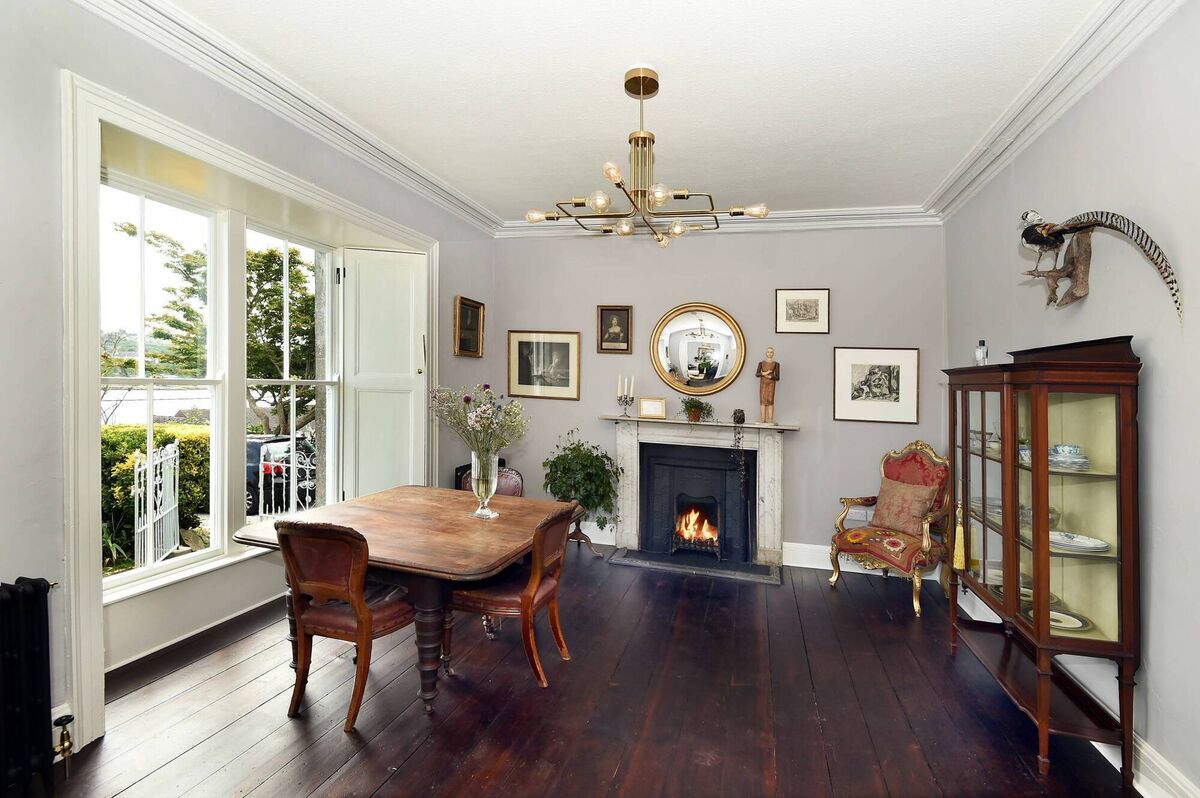 Serene
Serene
Luke now describes the circa 170-year-old Simla as “an historic house with hidden, modern engine.”
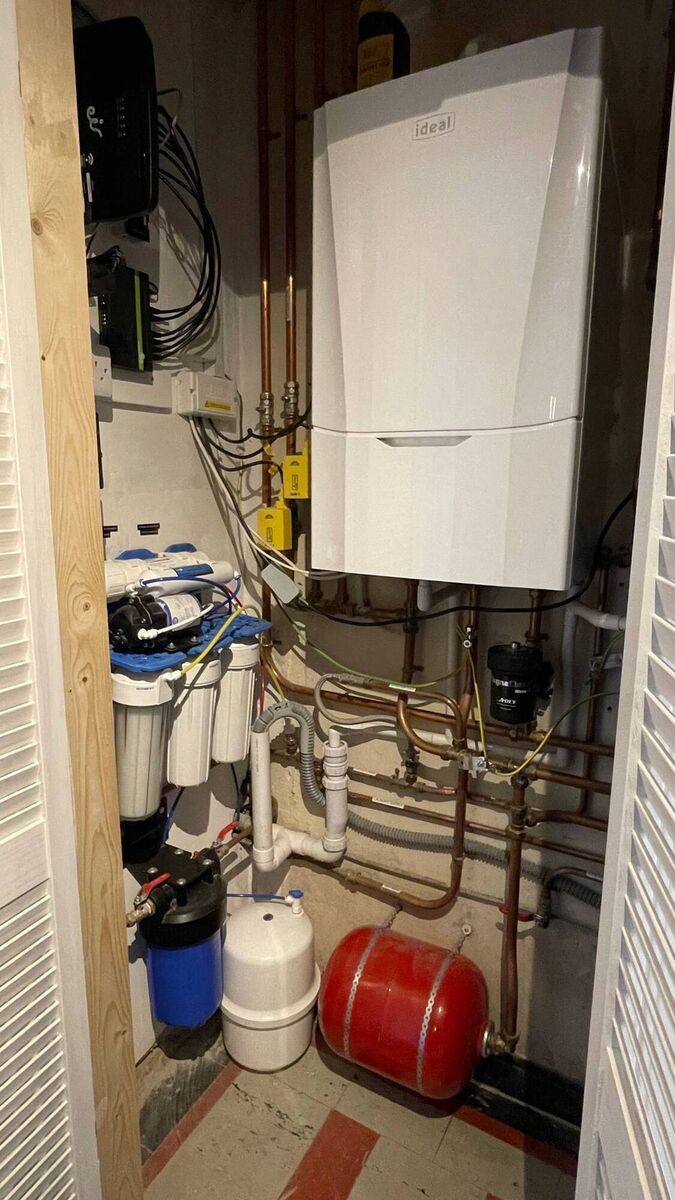 Full steam ahead? Simla’s ‘engine room’
Full steam ahead? Simla’s ‘engine room’
Oh, and fret not, everything is labelled for any new, less-engaged owner to take on, all pipes and valves identified and clarified, with easy-peasy filter change instructions — an historic house with hidden modern parts, indeed.
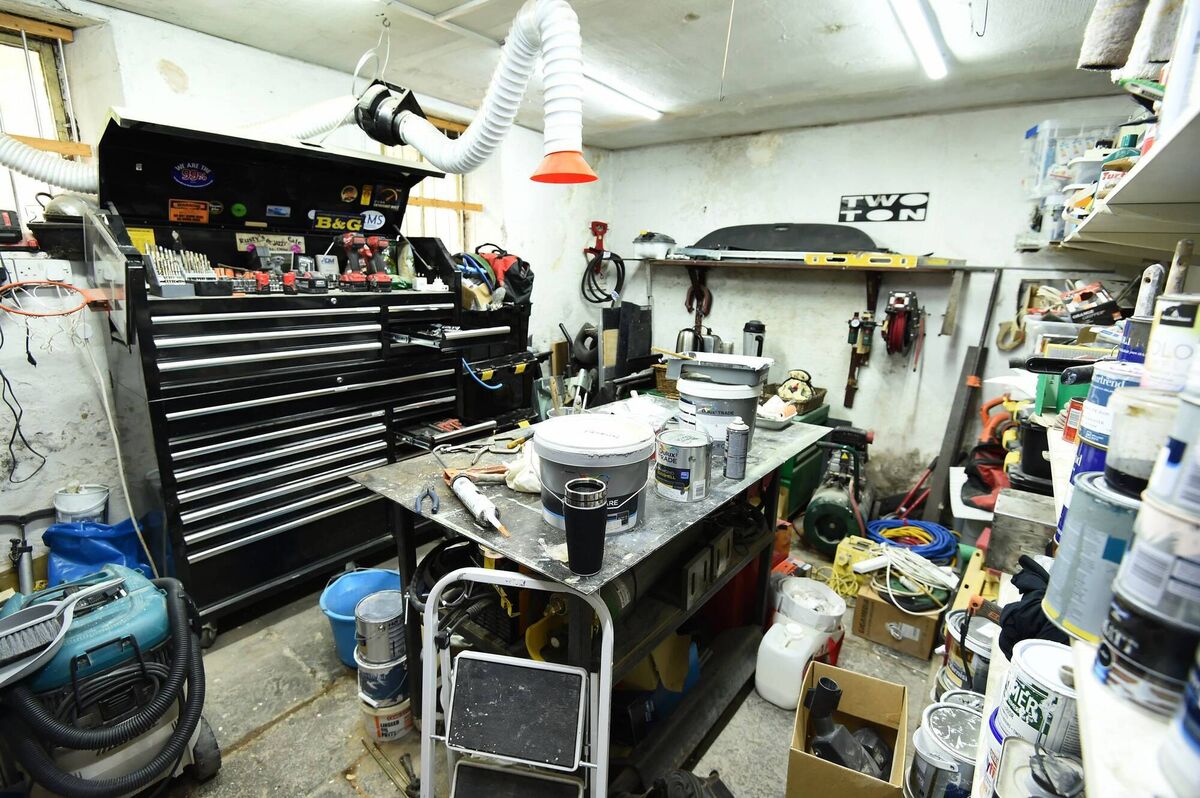 Man shed envy?
Man shed envy?
Qualification here: in case other Irish homeowners (or their partners) are feeling a bit inadequate right now, Luke’s career trajectory saw him start in DIY at age 12, train as a carpenter, cabinet and joinery maker, work in auto repairs and commercial roofing, before going into property development and restoration in San Francisco.
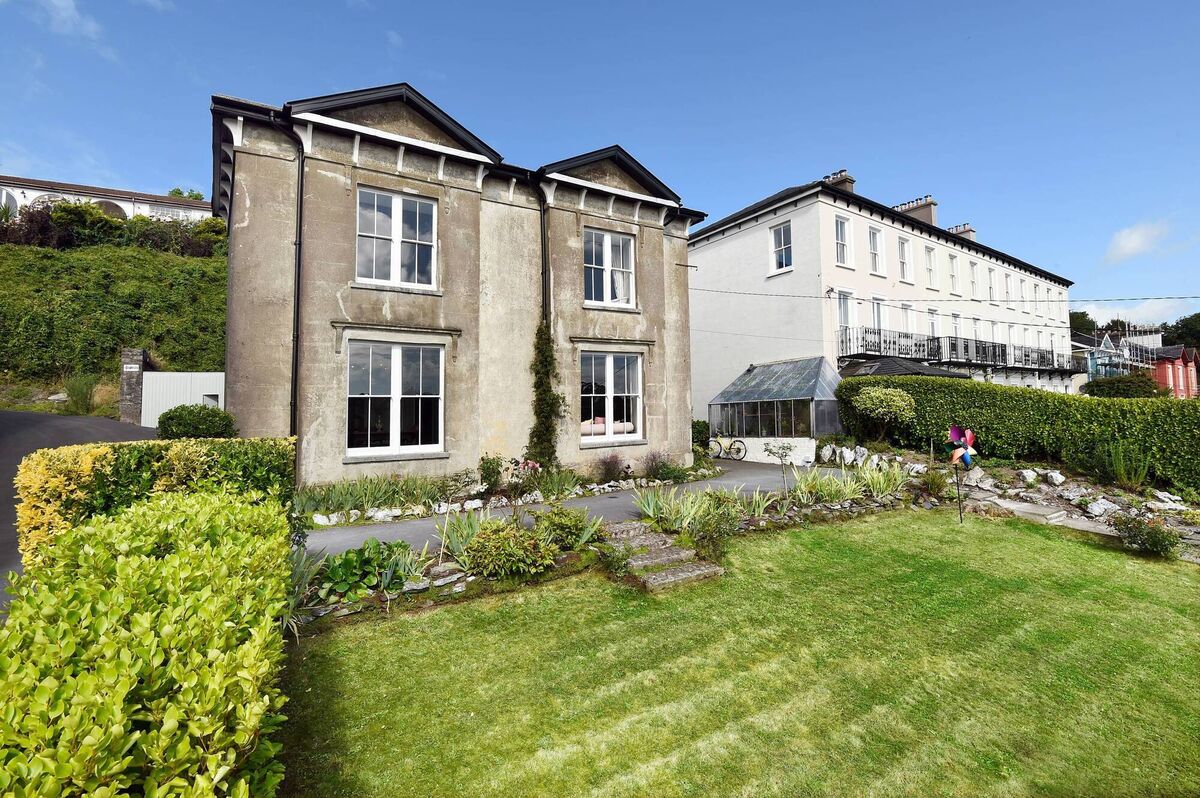 Detached Simla is part of Glenbrook’s rich collection of late Georgian and Victorian homes
Detached Simla is part of Glenbrook’s rich collection of late Georgian and Victorian homes
Oh, and then he did a Masters in Architecture in University of Virginia, under its dean, William McDonough, the global guru of sustainable design. Entirely coincidentally, McDonough also featured online here this week, with an early 1970s example of an eco-aware house at Shanagarry.
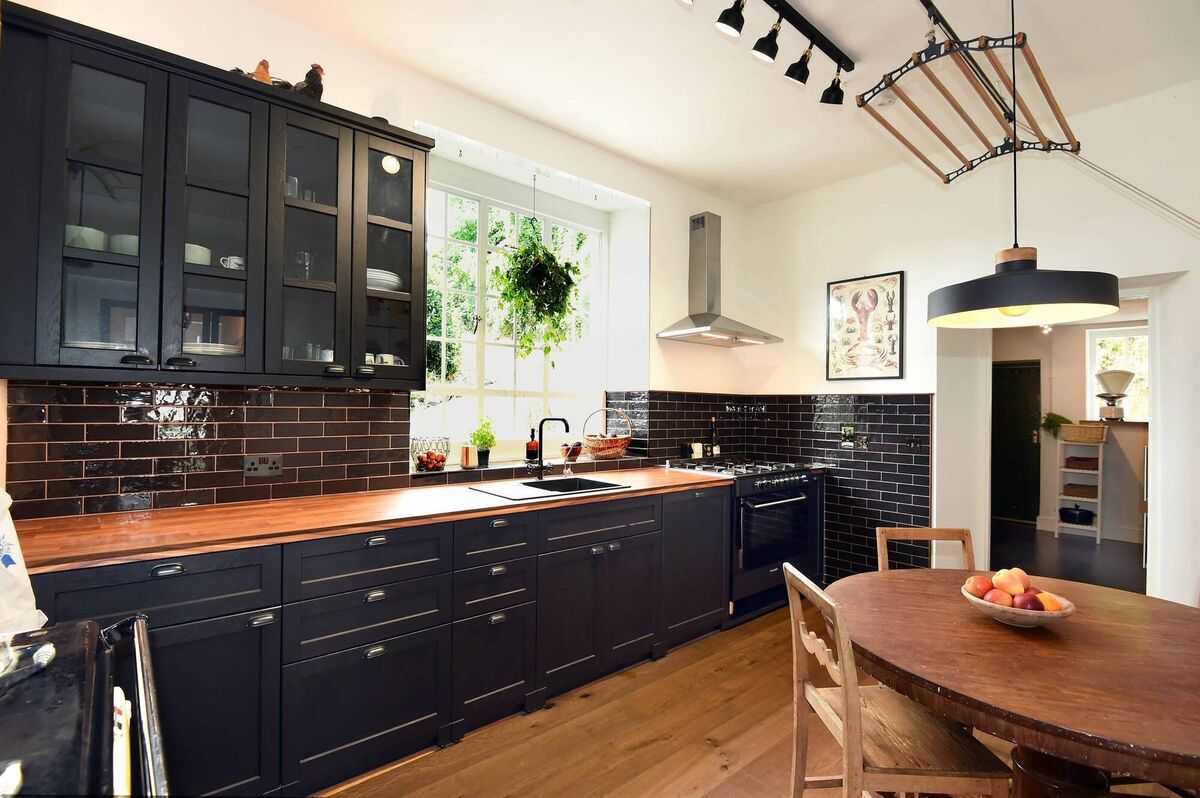 Back to black: kitchen is from IKEA, dressed up..
Back to black: kitchen is from IKEA, dressed up..
When starting out on their Glenbrook, Cork harbour home renovations at Simla, a steady and painstaking three-year programme done with quiet pride as it turns out, Lorna and Luke outlined the few spatial changes they’d make, taking down perhaps a bit of a wall to integrate a dead space into a bedroom, or making a new access to the kitchen so that it was no longer hidden away behind a back stairs in 19th-century style.
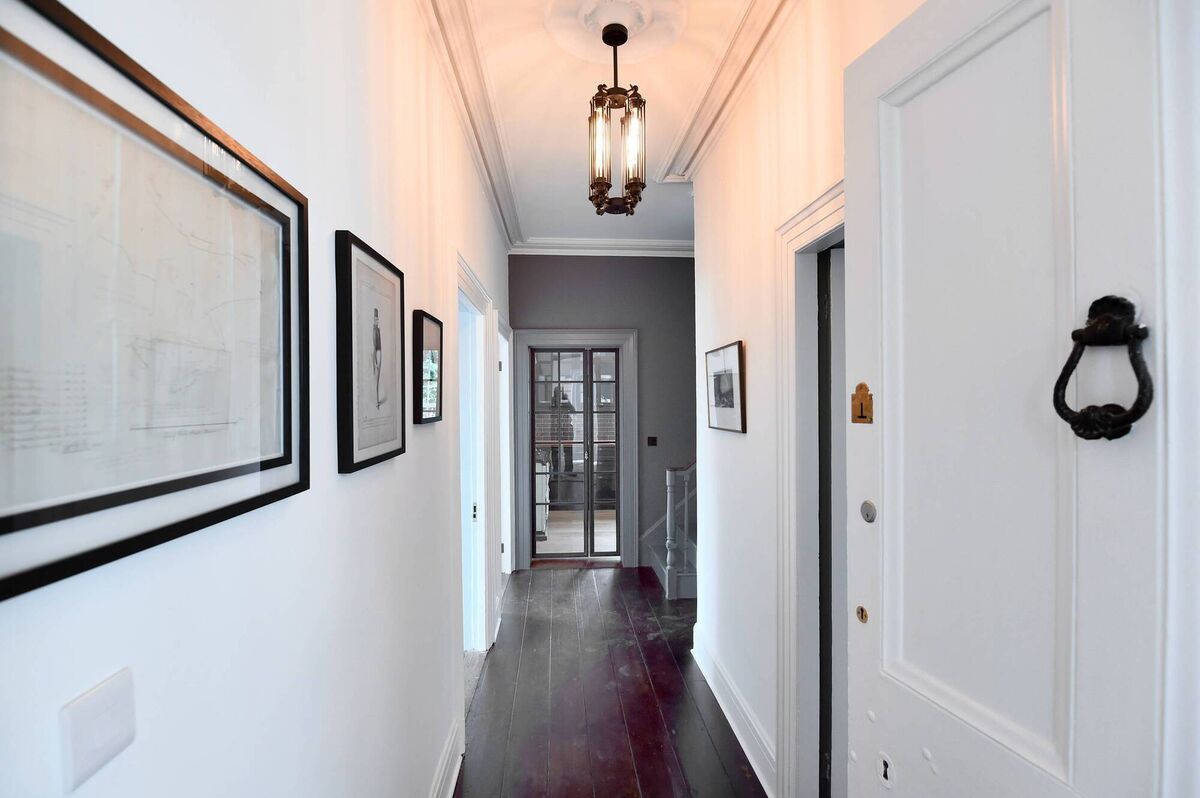 Hand-crafted new steel doors at a new openng in the hall, into the brand-new kitchen
Hand-crafted new steel doors at a new openng in the hall, into the brand-new kitchen
So the improved room flow upstairs has changed a tad, as has the kitchen access below, but the vast bulk of the house is as-was, such as the twin ground floor reception rooms, each with original, now-restored sliding sash windows, and matching, facing white marble chimney-pieces.
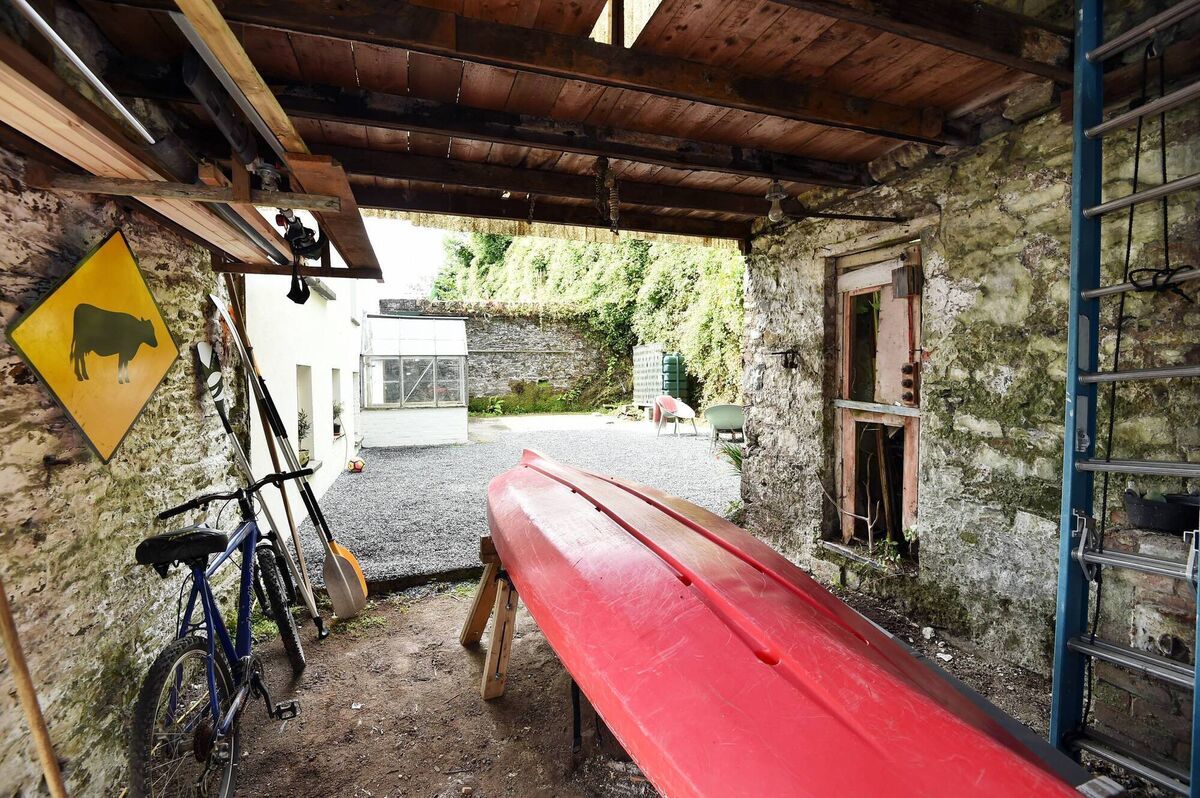 Get Sirius: float your own boat(house) from Cork harbour home Simla
Get Sirius: float your own boat(house) from Cork harbour home Simla
Back inside the robustly healthy Simla, the first floor’s slight reconfiguration now sees four bedrooms, instead of the previous five, with two superb quality, period-appropriate bathrooms, cleverly reworked.
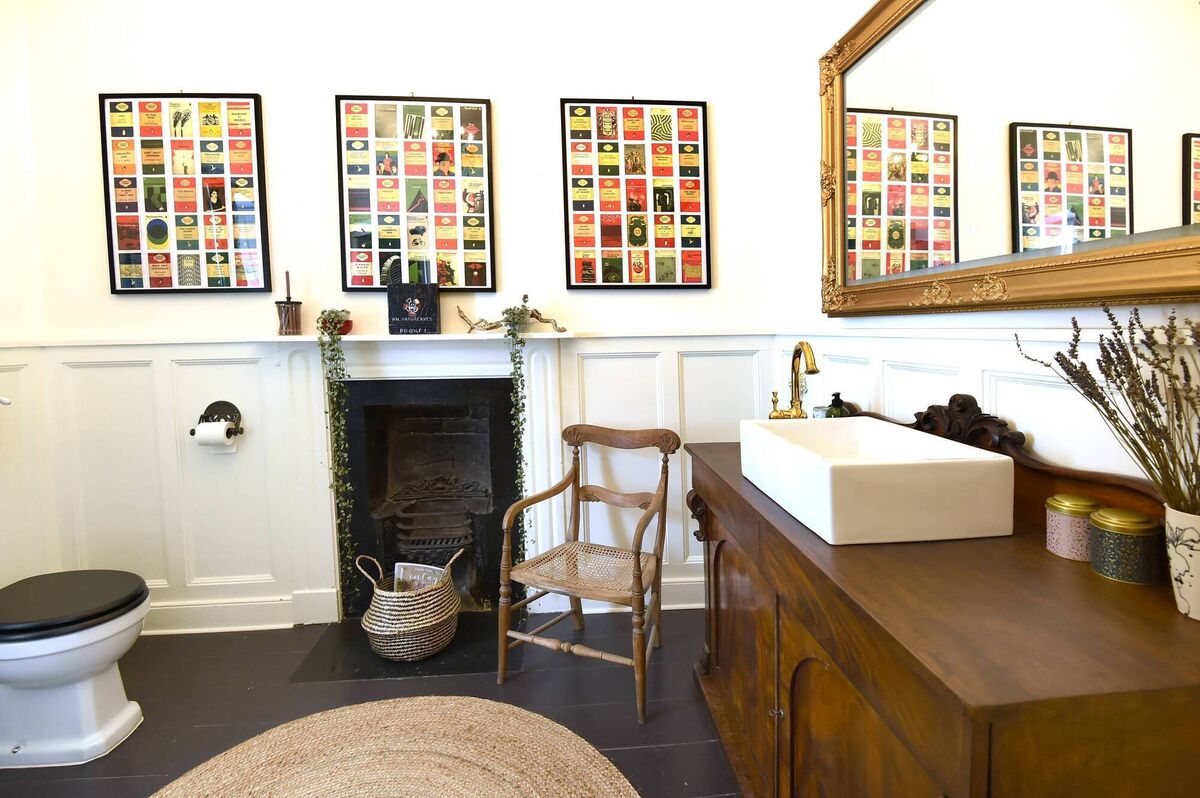 Sink or swim?
Sink or swim?
A really clever insertion is a large wetroom section, now home to a rainfall shower head, above an immaculate, re-enamelled roll-top cast iron bath.
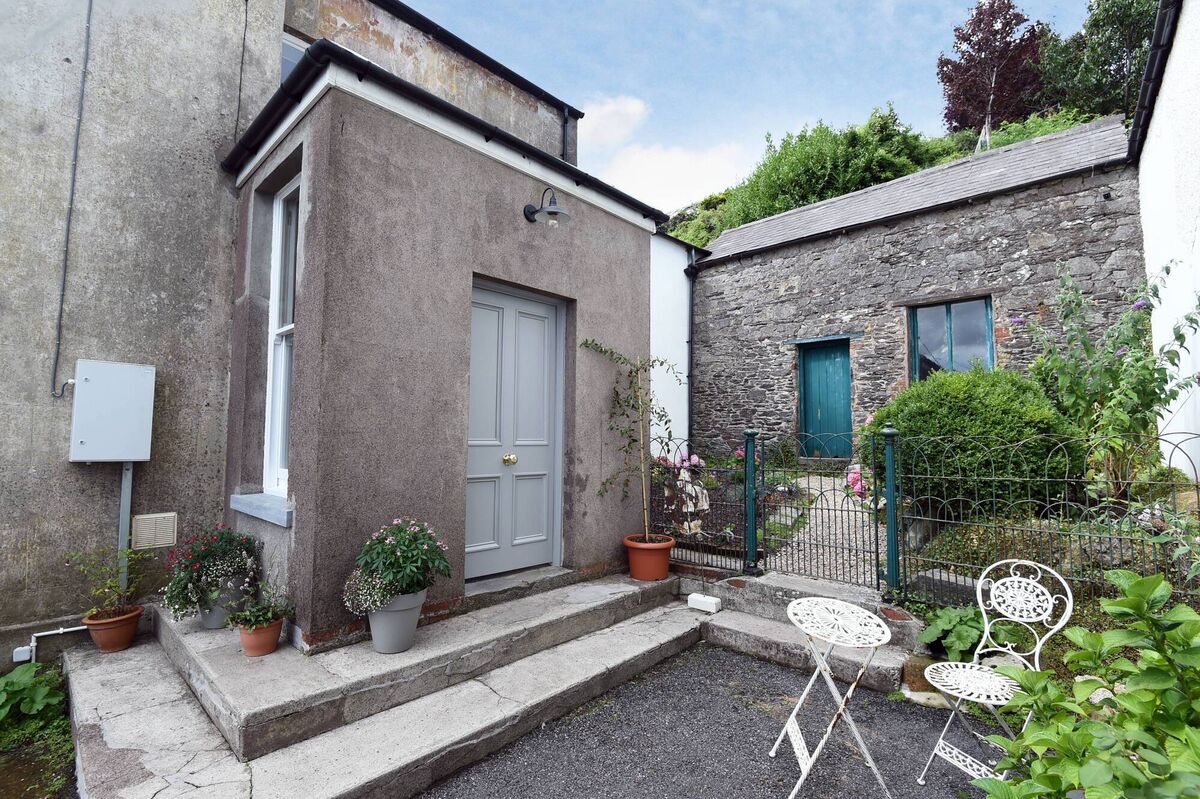 Side/main entrance with lofted stone shed visible behind
Side/main entrance with lofted stone shed visible behind
Gable and double fronted Simla has its access point to the side, with an original entrance porch with old encaustic floor tiles, while its twin reception rooms run off the hall to the left, for east-facing views over the harbour waters, room after room.
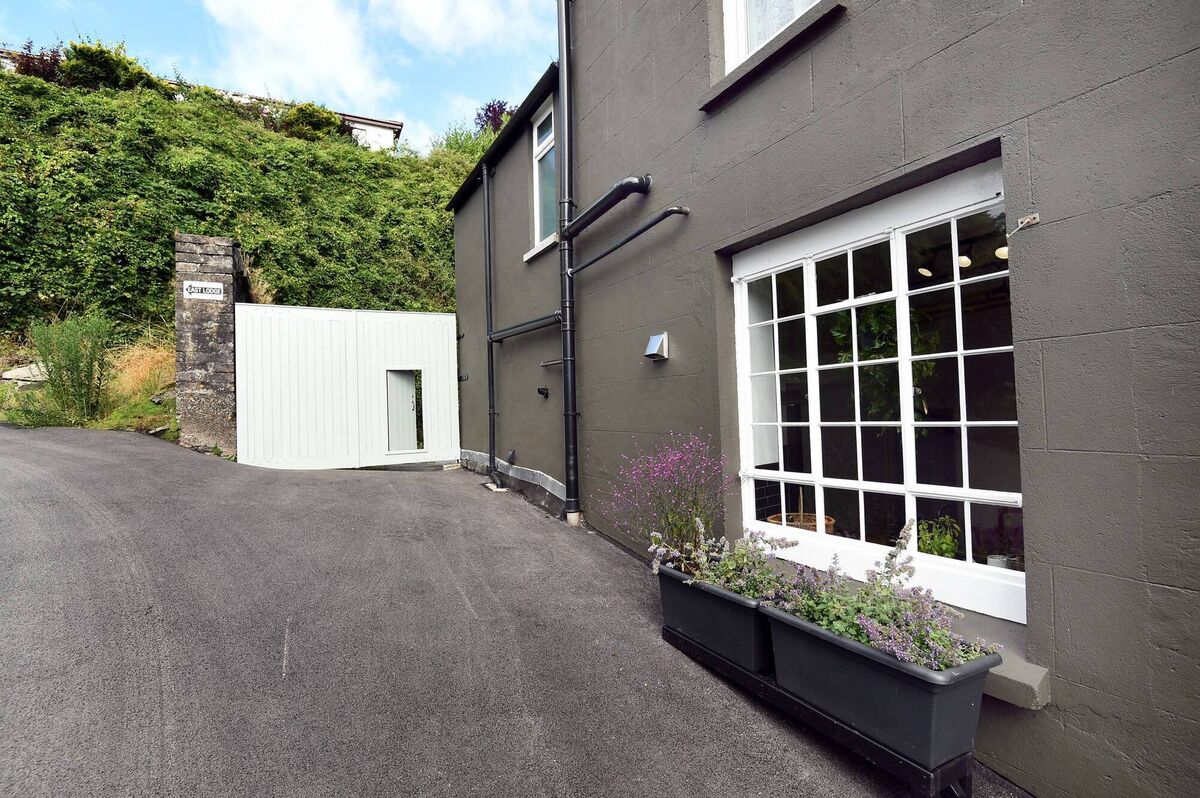 Gable window in steel, with secure access beyond to the courtyard
Gable window in steel, with secure access beyond to the courtyard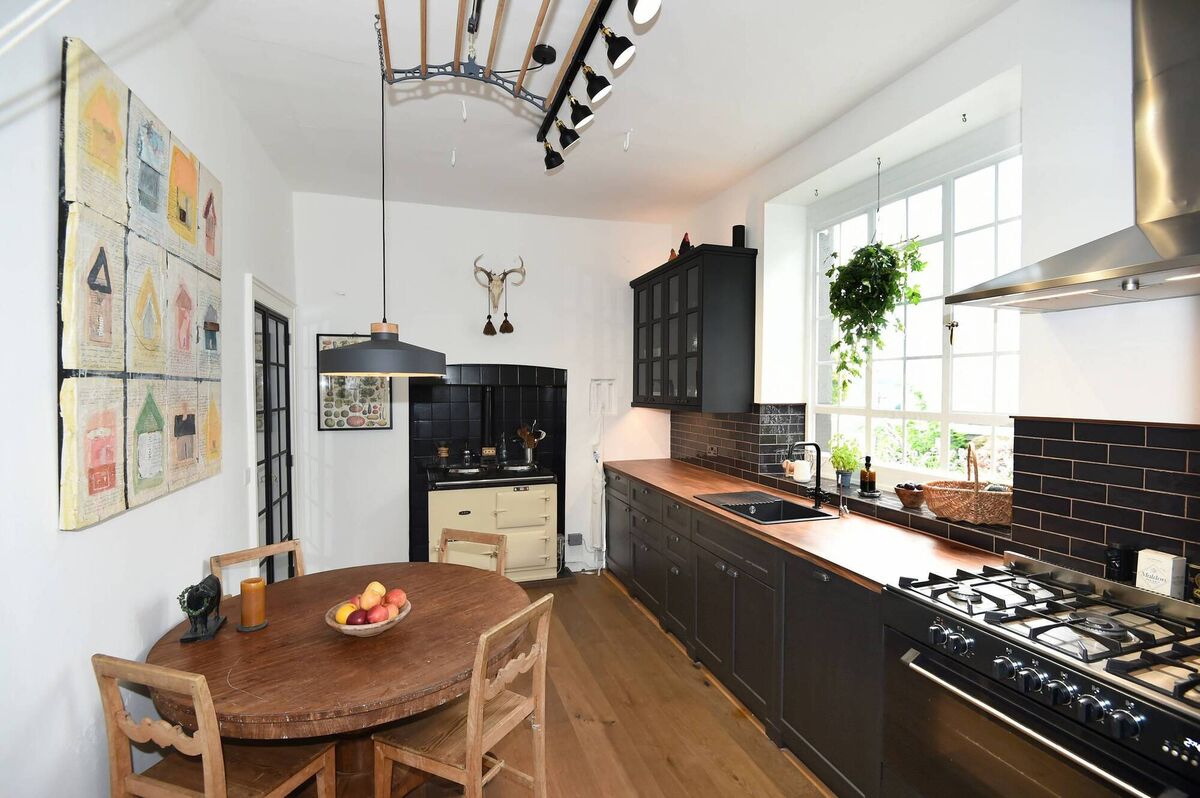 Kitchen window is early C20th steel, Crittall-style, with brass handles, all also conserved and gleaming
Kitchen window is early C20th steel, Crittall-style, with brass handles, all also conserved and gleaming
There’s been a precision too in the quality of work the couple have done here at Simla. Teenage son Oscar’s input too is pointed out: he’s been working in Luke’s workshop/man caves from an early age too, and gets credit for much of the external painting, with only the front left unpainted as the couple loved the render’s patina of age, and quality is abundantly evident in the joinery, cabinet-making and metal work.
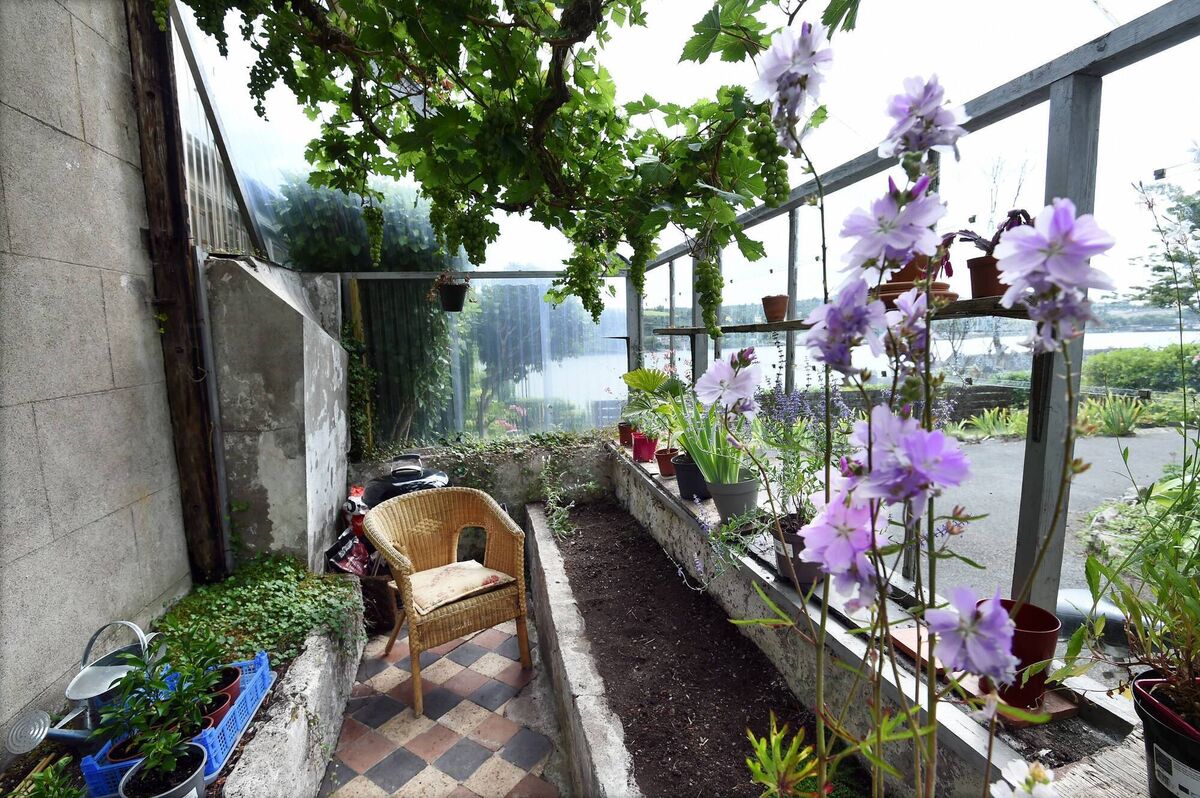 Herded on the grapevine
Herded on the grapevine
The side entrance/old porch has a slate roof now, in place of the glass that had been there, and this side access courtyard is also home to a reskinned lean-to glasshouse, home to a productive vine with currently ripening grapes: the girth of the vine is such as to suggest that it dates back to early Roberts’ family times here, decades ago, if not almost the full century. The grounds too have plants which go back decades, rooting the home to the spot and the generations of tending occupants.
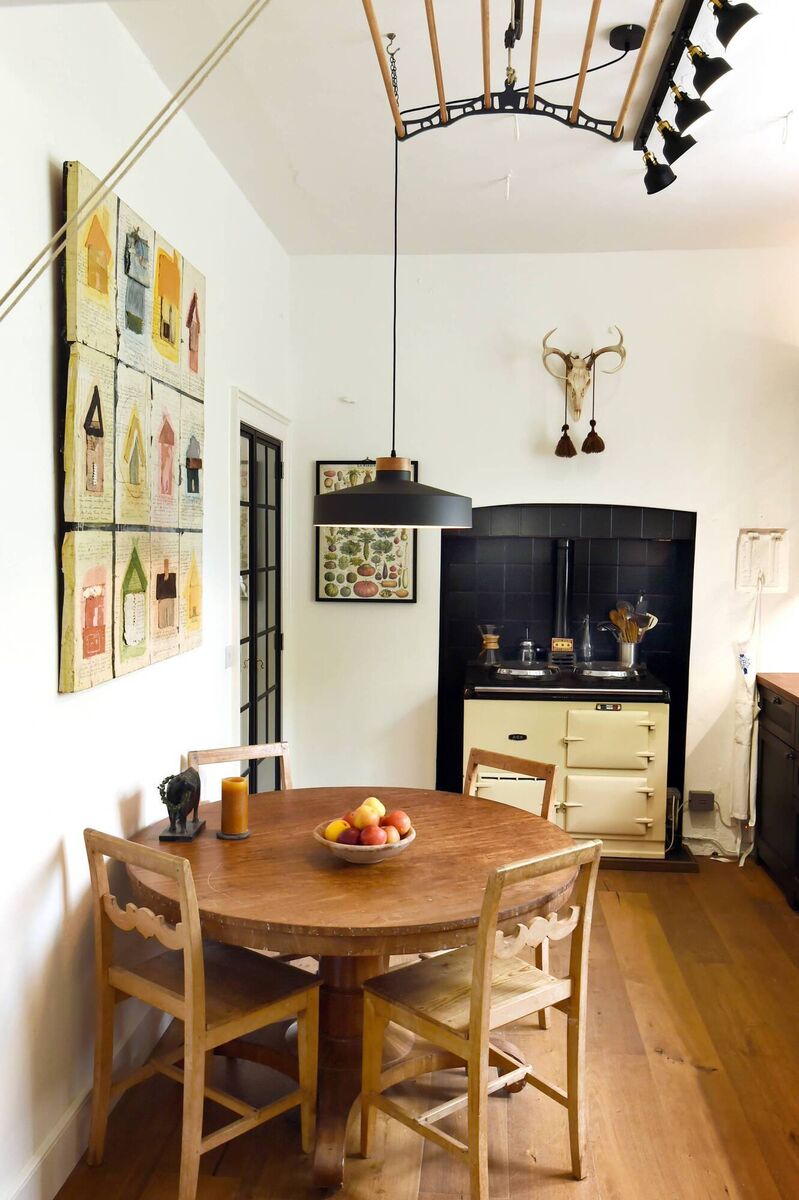 High and dry: clothes airer by the Aga
High and dry: clothes airer by the Aga
The original twin-oven Aga in the kitchen has been refurbished, looking right at home with more contemporary black units (from IKEA,looking completely high-end, with now-matching handles, black tiles and black metro tiling): it works, sitting at ease with the upgraded surfaces, plumbing and electrics. The vast bulk of the work was done by themselves: Luke made it a full-time project, so perhaps 60 hours a week went into it, finishing only in recent weeks with a move to Sligo now beckoning.
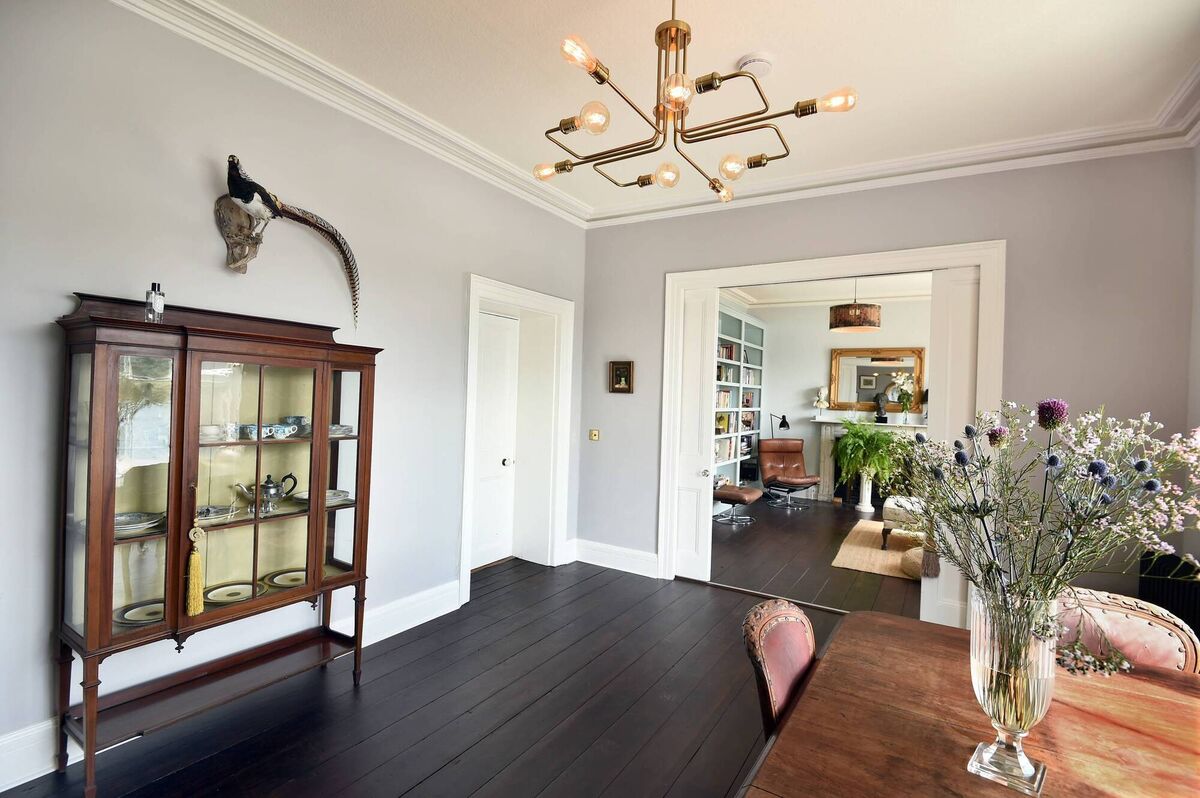 Well-connected
Well-connected
It’s exemplified by the superb work done on the rebuilt, conserved and rattle-free window sashes (with original, glass slumps and bumps in places) and underfloor insulation, with door saddles looking as if they’ve never budged, but in fact made from old oak and teak leftovers from other works in this home: sustainability, again.
(For family peace during a time of upheaval, son Oscar’s bedrooms was the first to be tackled and finished: his folks made their own temporary bedroom up in one of the bathrooms whilst doing their own!)
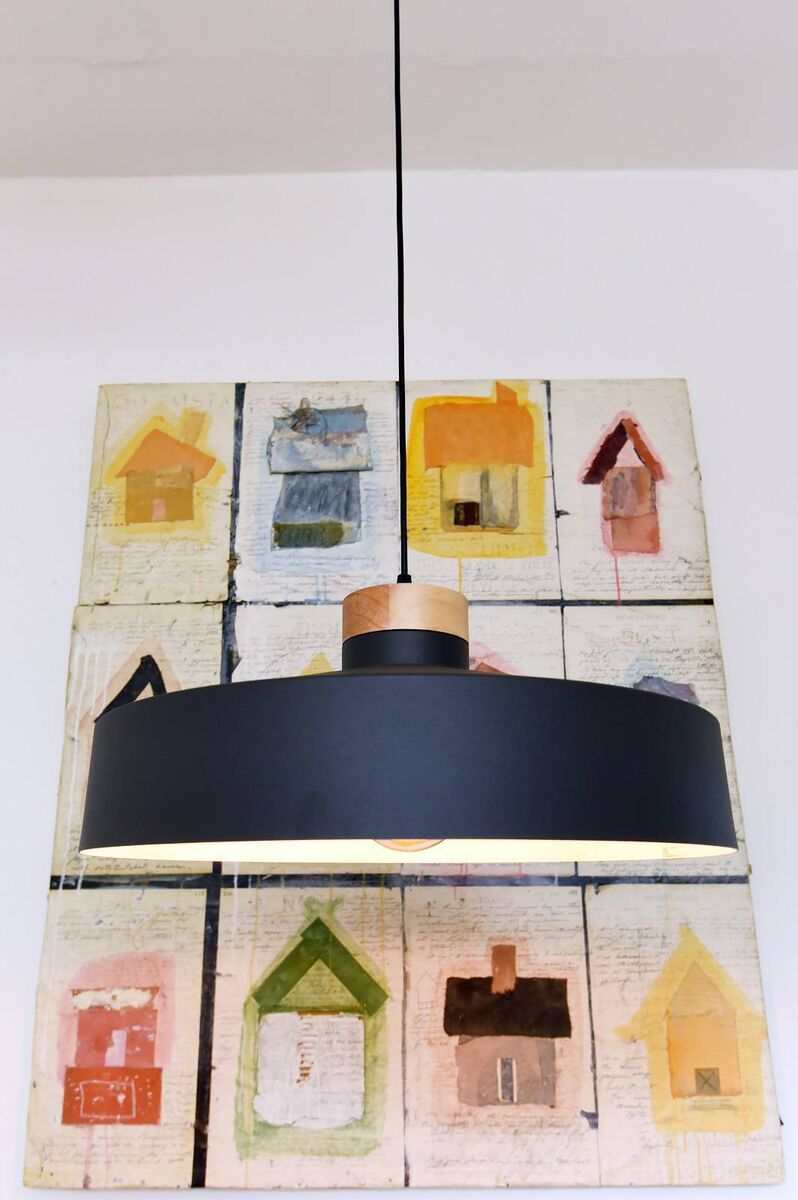
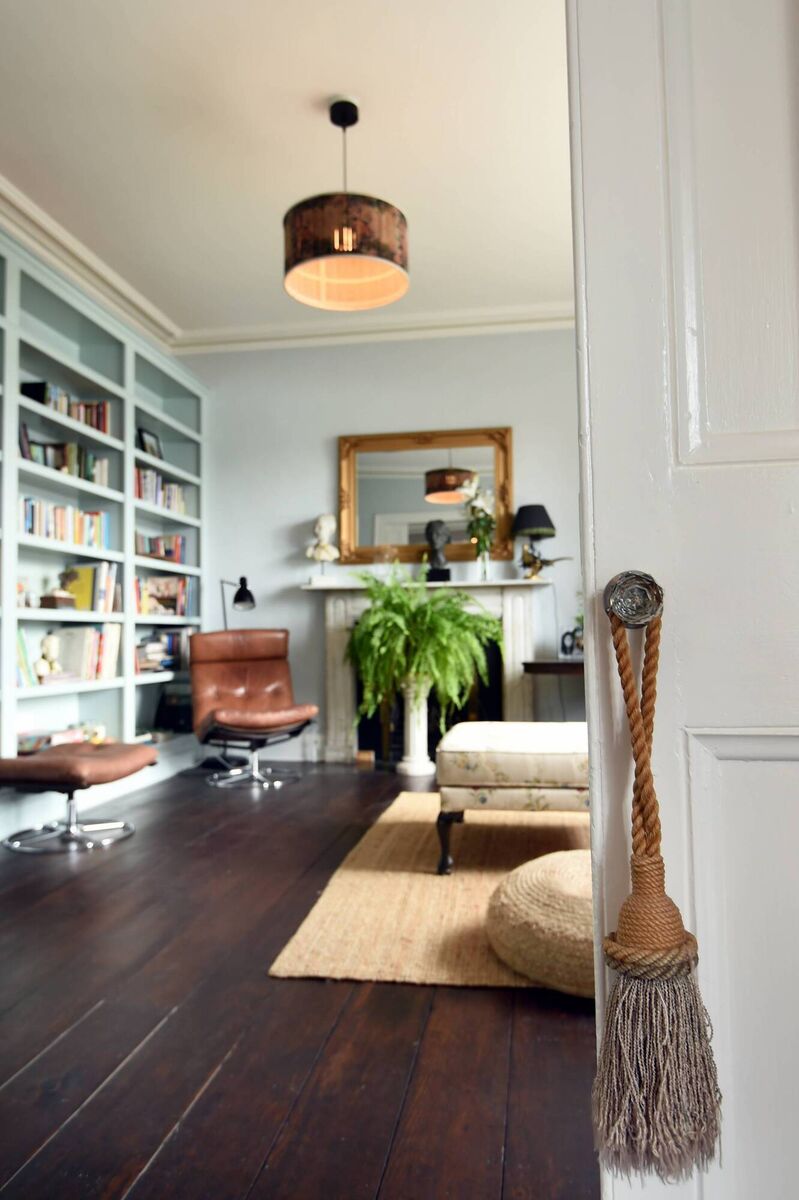 Tassel-free?
Tassel-free?
But what they didn’t expect would be that it would be a one-man, one-woman, one family delivery, to such a high and respectful level, painstaking, precise and quite simply serene, and beautiful.


Comments are closed.